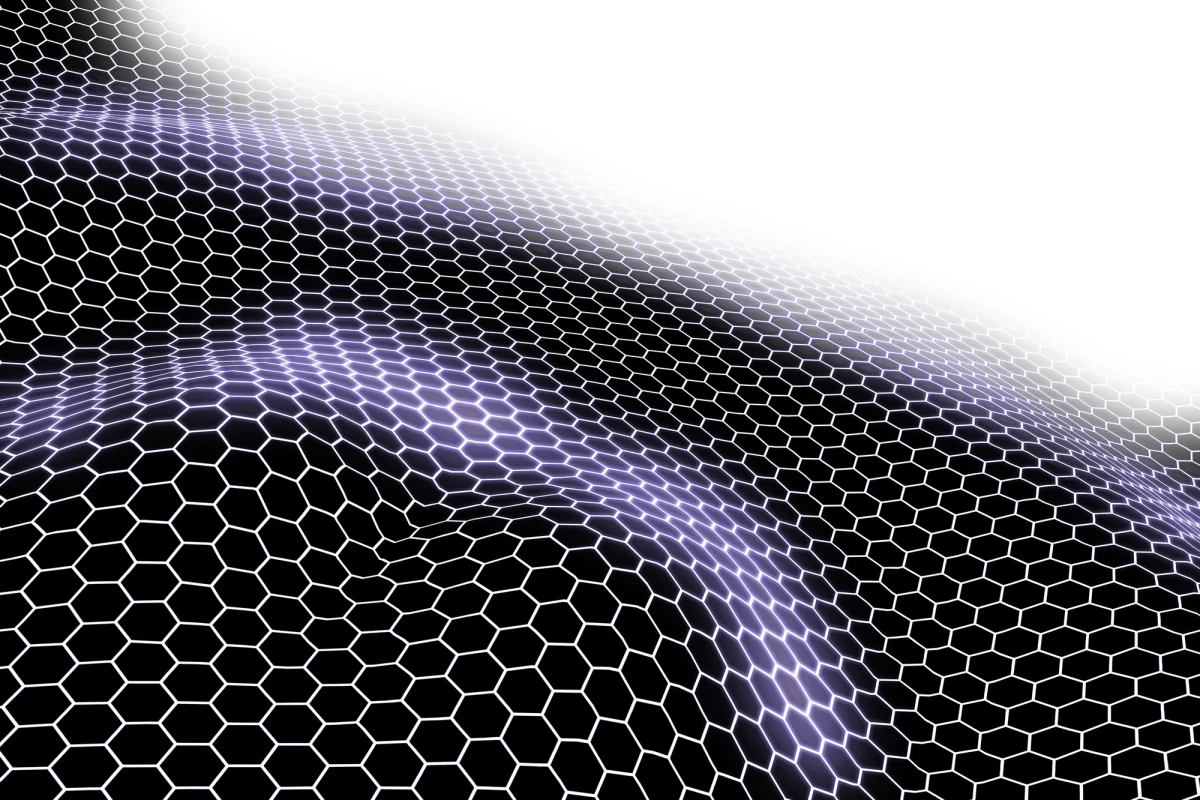The wonder material graphene can take many forms for many different purposes, from transparent films that repel mosquitoes to crumpled balls that could boost the safety of batteries. One that has scientists particularly excited is nanoribbons for applications in energy storage and computing, but producing these ultra-thin strips of graphene has proven a difficult undertaking. Scientists are claiming a breakthrough in this area, devising a method that has enabled them to efficiently produce graphene nanoribbons directly on the surface of semiconductors for the first time.
As opposed to the sheets of carbon atoms arranged in honeycomb patterns that make up traditional graphene, graphene nanoribbons consist of thin strips just a handful of atoms wide. This material has great potential as a cheaper and smaller alternative to silicon transistors that would also run faster and use less power, or as electrodes for batteries that can charge in as little as five minutes.
"This is why many research groups around the world are focusing their efforts on graphene nanoribbons," explains study author and chemist, Professor Konstantin Amsharov from Germany’s Martin Luther University of Halle-Wittenberg (MLU).
Generally speaking, graphene nanoribbons today are synthesized on gold surfaces that act as a catalyst for their formation, but gold is expensive and a conductor of electricity, which negates the properties of the nanoribbons, a drawback that has so far limited their use beyond the lab. Therefore, the nanoribbons need to be carefully transferred to another surface, which is no easy task.
Amsharov worked with researchers from Germany, the US and Poland in developing a simpler way of producing graphene nanoribbons. This was achieved by joining together individual atoms, which not only allowed them to build graphene ribbons on the surface of titanium oxide, a semi-conducting, non-metallic material, for the first time, but allows properties to be carefully customized, as they are determined by the shape and width of the material.
"Our new method allows us to have complete control over how the graphene nanoribbons are assembled,” says Amsharov. “The process is technologically relevant as it could also be used at an industrial level. It is also more cost-effective than previous processes.”
This newfound ability to produce customizable graphene nanoribbons directly onto semiconducting surfaces, without the need for metallic surfaces that neutralize their abilities, opens up some exciting possibilities according to the team. These include not just data storage, but potentially acting as efficient semiconductors for advanced electronic devices, including quantum computers.
The research was published in the journal Science.




